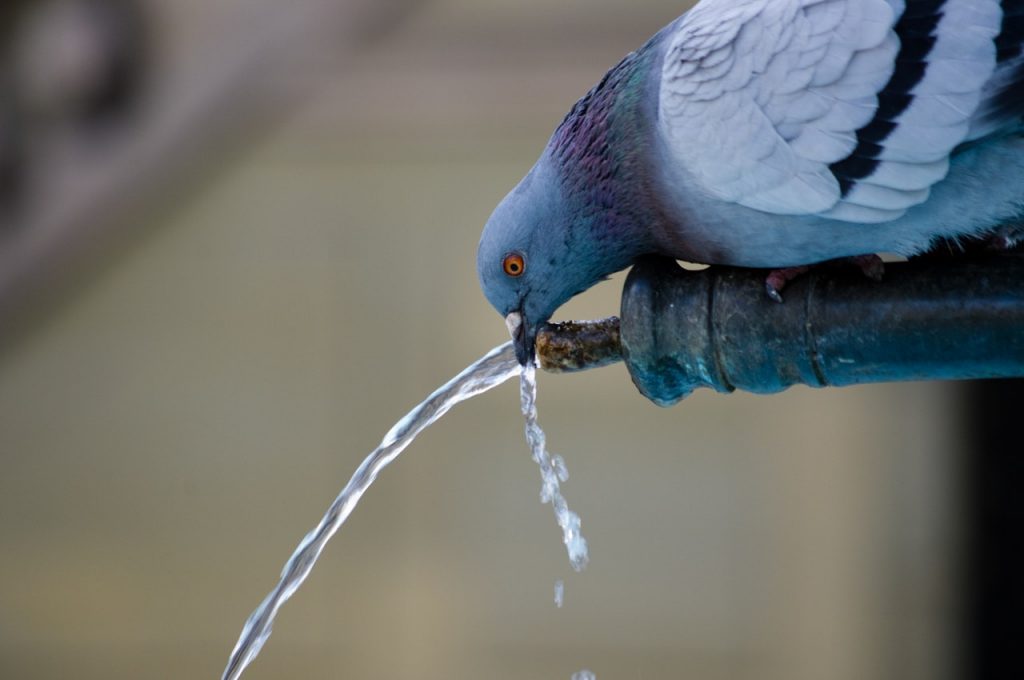Can Tank Water Make You Sick?
Globally, rural and urban residents depend on rainwater storage tanks for survival. In urban areas with functional water supply systems, people still use rainwater tanks for gardening and washing cars.
While water from these tanks is consumed in many communities, it could be the only way of preserving drinking water. By using water from water tanks to cook, you might be exposing yourself to deadly bacteria.
However, you can practice safe water storage techniques with these tips. Health is essential, and this article focuses on helpful tips.
Rainwater Tanks for Storage
In Australia, there are distributors of good quality water tanks. However, NSW Health asks residents to consume public water supply because it goes through filtration chambers.
Untreated water might contain toxins, and storage tanks are breeding grounds for algae. When people consume tank water, they often get sick from the accumulation of harmful microorganisms.
Stored water for household purposes might have characteristic odours from a closed tank. Also, your eyes may not notice the harmful levels of inorganic chemicals in this type of water.
According to laboratory scientists, most gastrointestinal illness in rural areas comes from rainwater tanks.
While rainwater tanks are necessary storage containers, their source of contamination includes roof gutters and plumbing materials.
Furthermore, regular disinfecting of your rainwater tank doesn’t eliminate the risk. Instead, it adds harmful chemicals to accumulated microorganisms.
Water from storage tanks can be filtered with special softeners. Consider the hardness of the water in these tanks before installing a water-softening machine.
It’s essential to install this filtration machine if you intend to use water from tanks for household chores. Apart from bathing, filtered rainwater can help to wash clothes, dishes, and flush toilets. To protect your family’s health, use the home’s regular source of water for drinking and preparing meals.
Since rainwater helps to conserves public water supply, it’s a smart way of reducing utility bills. Homeowners can connect hoses from rainwater tanks to swimming pools and ornamental ponds in their gardens.
Other Contaminants Rainwater Tanks
The toxic particles from the air in an industrial area can pollute your rainwater. When these particles deposit on the roofs and surfaces of your tank, they could get in quickly.
Many rainwater tank safety experts believe that Escherichia coli (E. coli) is often transmitted from dirty water. It’s the same cause of typhoid fever in poor communities in Africa.
 Other sources of rainwater contamination include feces from reptiles and birds. When consumed with rainwater, these droppings can send you to the hospital bed.
Other sources of rainwater contamination include feces from reptiles and birds. When consumed with rainwater, these droppings can send you to the hospital bed.
The risks of diarrhea and cholera are higher in undeveloped regions of the world where people depend on tank water. There is even a chance you could get infected with a parasite.
How to Reduce the Chances of Rainwater Contamination
The quality of water depends on many factors. The first approach is to hire experts that can supply quality rainwater tanks, and install them correctly.
They should use durable plumbing materials that are easy to maintain. Depending on your budget and requirements, tank with galvanized, plastic, concrete, and fibreglass materials can store rainwater.
When you need rainwater from tanks, allow it flow from the tap for at least 3 minutes before you collect. This strategy helps to discharge toxic metals (iron, copper, and lead), and other sediments.
Most water tank pipes are compatible with first-flush devices. These specialized devices help to discharge particles of dust and run-offs from the roof. When flushing water from the tank, close its inlet pipe to prevent further contaminations.
Cover your rainwater tank to prevent mosquitoes from turning it into breeding grounds. In Australia, there are species of mosquitoes and the type that causes malaria. You might land in the hospital bed after a bite from the malaria-causing mosquito.